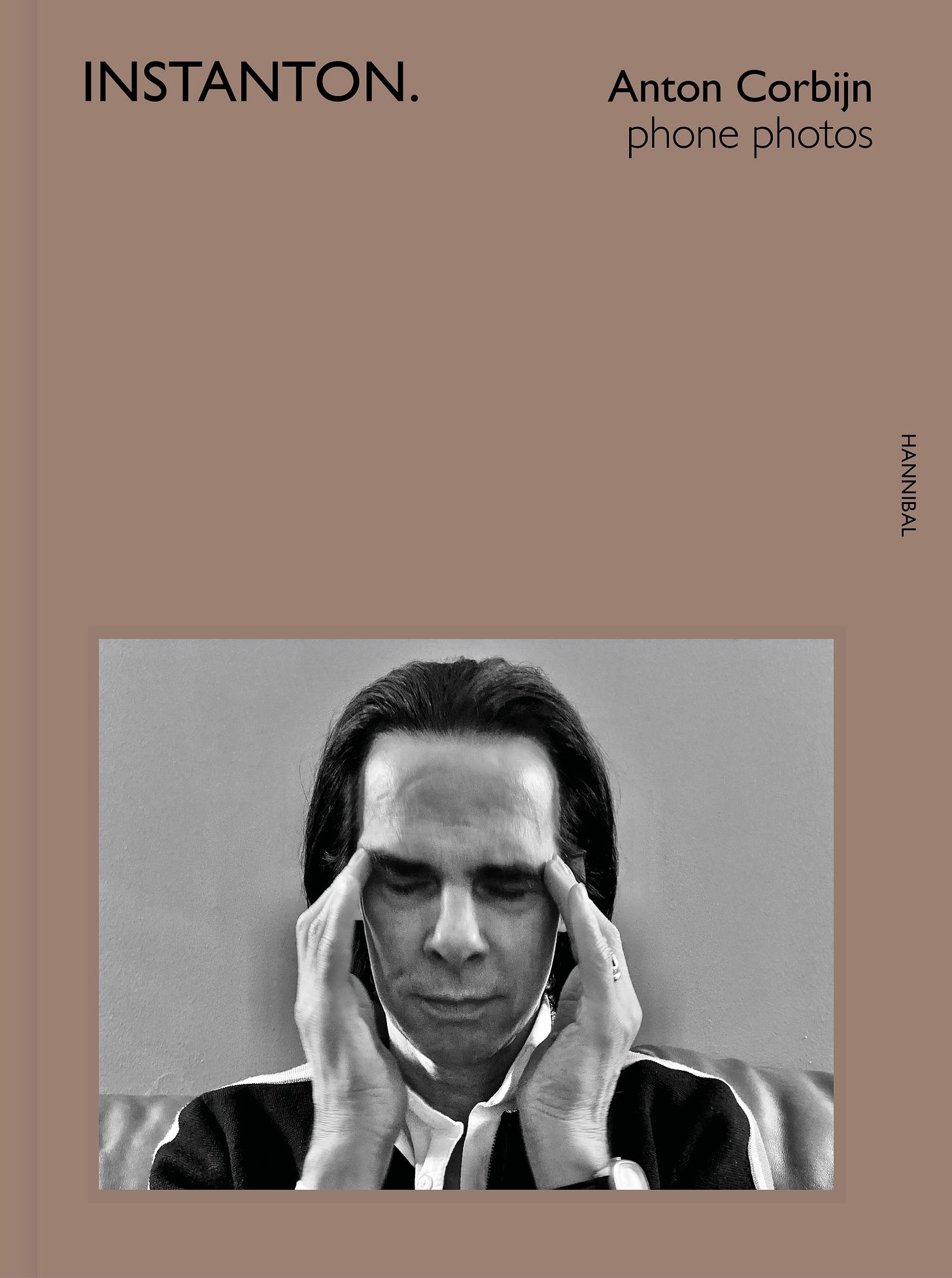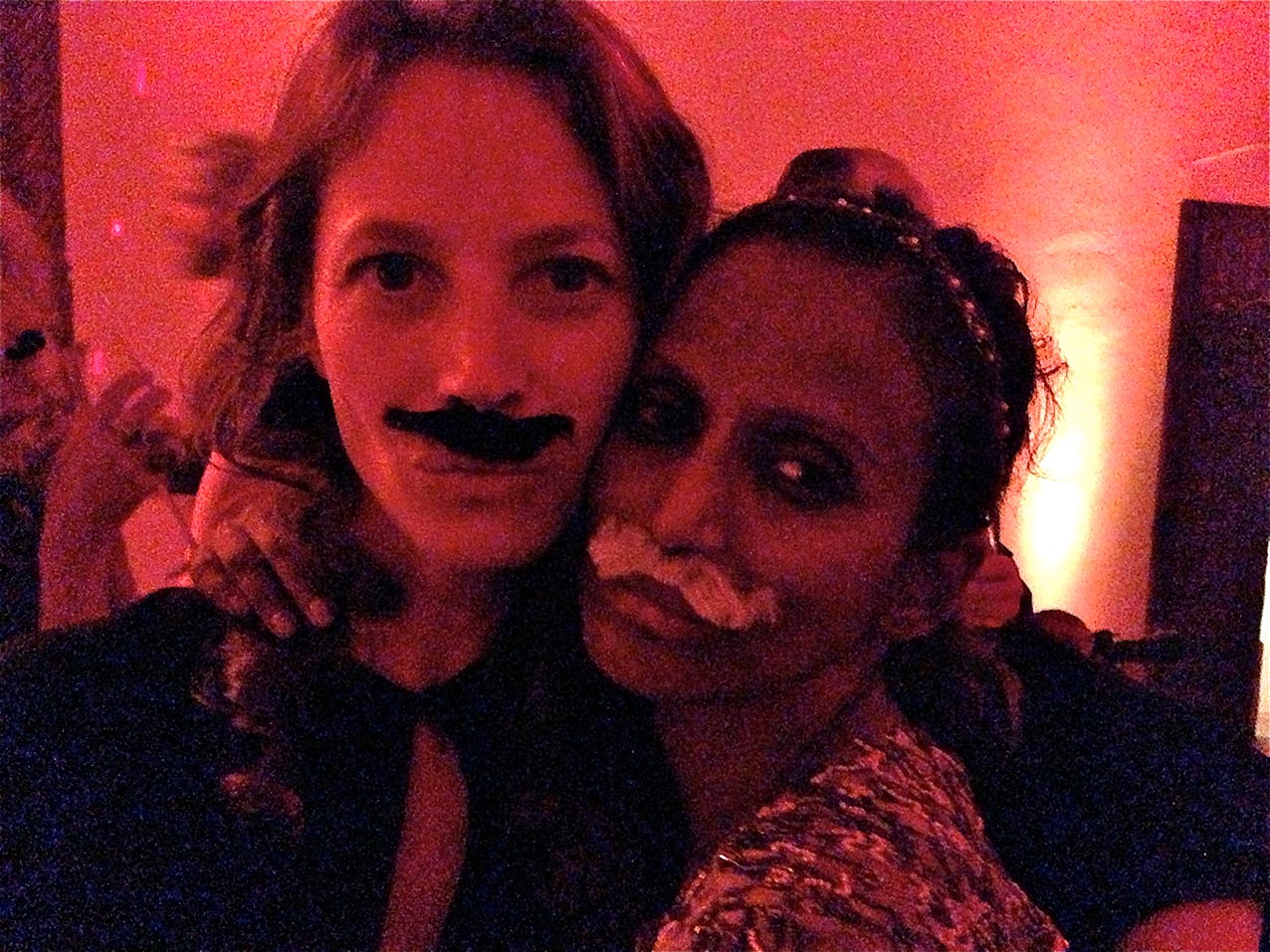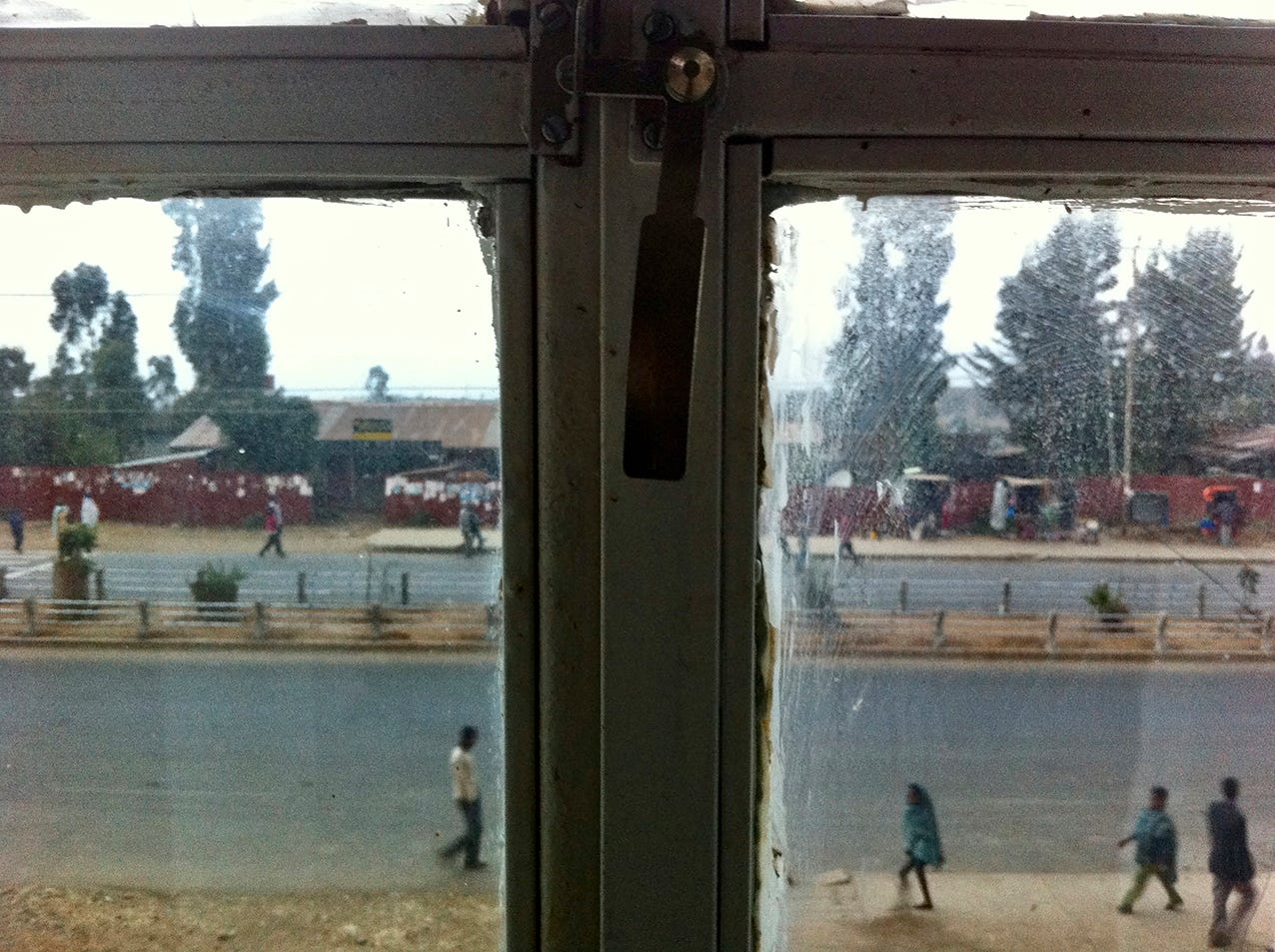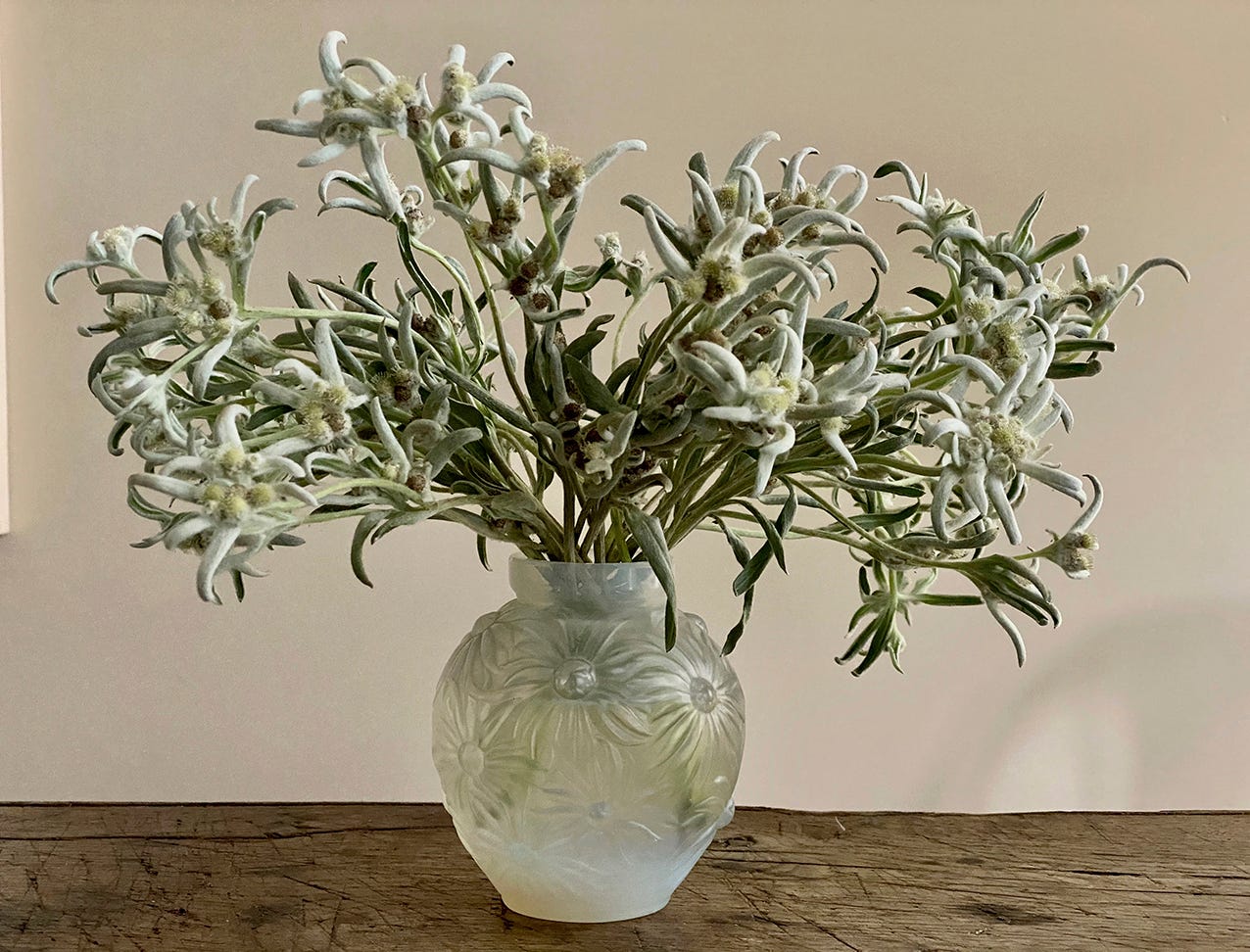Instanton by Anton Corbijn
144 Pages
Hannibal Books
2022
There is a famous adage that says that the best camera for the job is the one you have at hand when an opportunity for taking a photograph arises. Thanks to the popularity and innovations in camera-phone technology, we can consider ourselves lucky to have a camera at hand to capture anything that attracts our attention. These days, almost everyone carries a smartphone and has a profile on various social media platforms where they pour a flood of images. Just like any other medium, the smartphone camera has become a tool by itself, now used by millions of people. But what happens when a high-profile photographer, decides to publish his phone camera photographs, the answer to that is “Instaton,” a book by acclaimed photographer Anton Corbijn,
Corbijn is a renowned portrait photographer, who first made a name for himself in the field of music photography. Then he expanded and began taking portraits of actors, painters, models, directors – people working in creative industries. Music photography has led him to direct firstly music videos, and then concert and documentary films, and in the past 15 years, he has been directing feature films. What is important about him is the characteristic and immediately recognizable visual language he has created over the years that initially revolutionized the music world. By exploiting the medium’s technical limitations, he produced mesmerizing work, often imbued with imperfections that have become one of his trademarks.
WEDDING PARTY, CHRISTY TURLINGTON WITH NIMI
côte d’azur, 2013
Smartphones and their cameras have their own limitations and imperfections and are far from the high-tech cameras he uses for his high-profile photographs. So, it’s interesting to see how he overcomes those limitations and on the other hand to see what his worldview is, seen through his phone camera. As opposed to his recognizable and unique style, how would these photographs be seen if one didn’t know if these were taken by Corbijn? Most of these would likely be seen as we see our friends’ photographs on social media. This is the actual nature of photographs taken with a smartphone – they show our worldview, our immediate surroundings, intimate spaces, interesting people we meet, something that arouses our interest, and things we would like to keep as memories. What Instanton represents is Corbijn’s inner sanctum, his travels, people he meets, locations, objects, and plenty more and as a result, through his smartphone, a more kaleidoscopic world opens up. No wonder the book opens with his selfie from a hotel room somewhere.
The photographs reveal a lot about his world. Corbijn employs a stream-of-consciousness approach when taking photographs, as he utilizes a readiness for capturing fleeting instants made possible by smartphones. The result is a turbulent sea of ideas and themes. If someone is looking for music photographs, there are interesting pics of Nick Cave here and there. The iconic The Boatman’s Call cover sleeve photo portrait is photographed as it hangs from the Fotografiska’s building in Stockholm where Corbijn’s 1-2-3-4 exhibition was staged in 2016, and one of the book sleeves (out of 5 different sleeves) features a photograph of Cave in deep thought and contemplation. There are blurry photos of Bono or a photo of a field with Joshua Trees in Mexico taken in 2017 where the still unreleased concert film Heartland from U2’s The Joshua Tree 2017 was shot. There’s a pic of Dave Gahan dressed as a cosmonaut for a Depeche Mode video. Regarding the films, there are photographs taken from film sets such as Life, or A Most Wanted Man or of people like the much-missed actor Philip Seymour Hoffman and Cate Blanchet.
HOTEL ROOM VIEW
Amhara, Ethiopia 2013
A lot of the photographs reveal various traveling locations around the globe with various interesting buildings, nature, or photographs taken from the window of various sceneries. There are photographs of people taken, parties, donkeys, and the tone changes from photograph to photograph. As a result, some moments go from childlike puns to the ecstatic reverence of sublime beauty. But at the center of it all is his wife Nini Corbijn and there are plenty of photographs of them traveling together. This is where most of his attention goes to. And apart from people and locations, Corbijn does have a knack for photographing flowers and plants in a way that resembles Van Gogh’s paintings. These are really striking with their vivid colors.
FLOWERS IN THE KITCHEN
Amsterdam, 2020
A book containing smartphone photographs can’t be considered important or in step with the times without a large portion of selfies with other people. There are selfies with people like U2’s The Edge, photographer Peter Lindberg, film director Francis Ford Coppola, his wife, artist Ai Wei Wei, and Adam Clayton, or bassist and visual artist of Clash fame, Paul Simonon, to name but a few that bookend this collection.
Even though these photographs were taken with a smartphone camera, Corbijn’s uncanny sense of composition and his unique ability to see color, texture, light, and shadow are on display and have produced a kaleidoscopic selection of diverse imagery that are revealing, somewhat illuminating and interesting to see. A picture is born in the thoughts of the photographer, and the phone camera is just a means to realize the vision. What Corbijn has almost always done in his work was to find his own visual story and tell it differently from others. That was always his strength.
In recent times, the smartphone has become dominant in the process of photographic interpretation and exploration. People these days are rarely separated from their phones and by proxy, from the camera. More than being a selfie factory or a record keeper, the smartphone camera, liked it or not, is the next step in photography as the phone owners are more social and more mobile. It is said that the best photo books resemble a musical mixtape or are its visual equivalent, as they are curated with love. Instanton was obviously curated with love and care and it shows.
Photo Credits: Anton Corbijn
Courtesy of Hannibal Books








